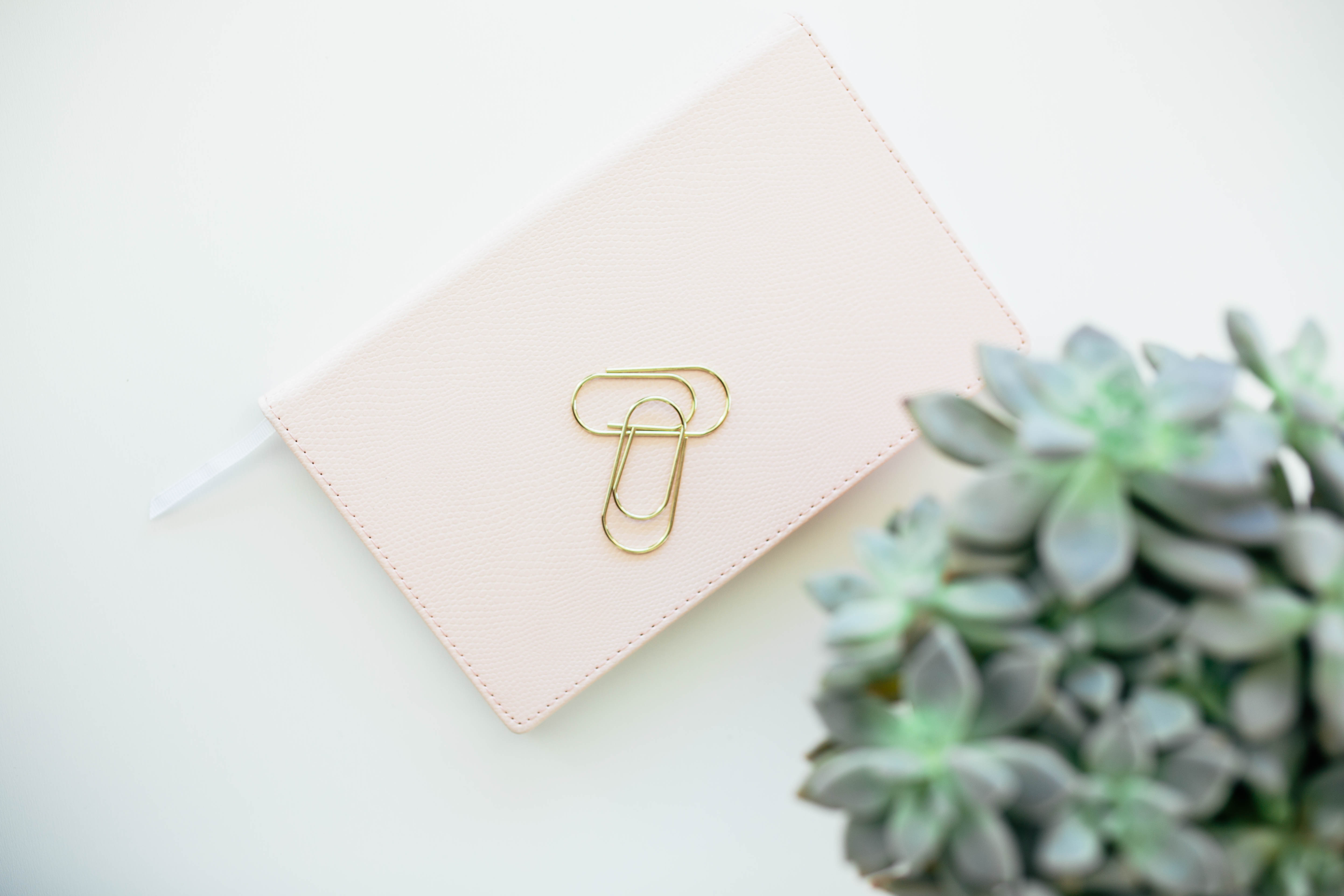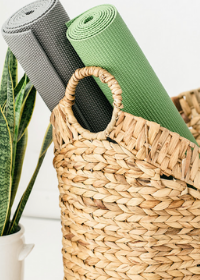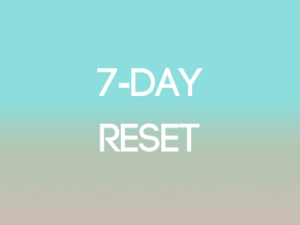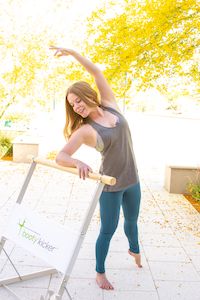
Here’s the bad news: bad habits never really die.
Think about the habits that you’ve gotten into that you’re not super proud of. When did you start doing them? Probably not last week.
You’ve been reinforcing these habits through sheer repetition for months or (more likely) even years. They’re never really going to fall out of your system.

The good news is that you can start to exercise your new healthy habits (no pun intended), so that they can start to override the unhealthy bad habits.
The goal is not to rid yourself of your bad habits, but rather to override them.
Your new healthy habits can become stronger than your unhealthy habits, and that is what we’re after.
Let’s dive in a little bit deeper and look at how this plays out from a neurological perspective.
(Note: I draw largely from a man by the name of Charles Duhigg and his very popular and successful book, The Power of Habit).
PART 1 OF THE HABIT LOOP: THE CUE
According to Charles Duhigg, who’s done a lot of research on the brain’s behavior during habit formation, in order to build a new habit you need a cue. A cue is anything that will remind you to do something. It’s something that is repeatable, so it might be your alarm clock. (That’s my cue to get up and exercise.)
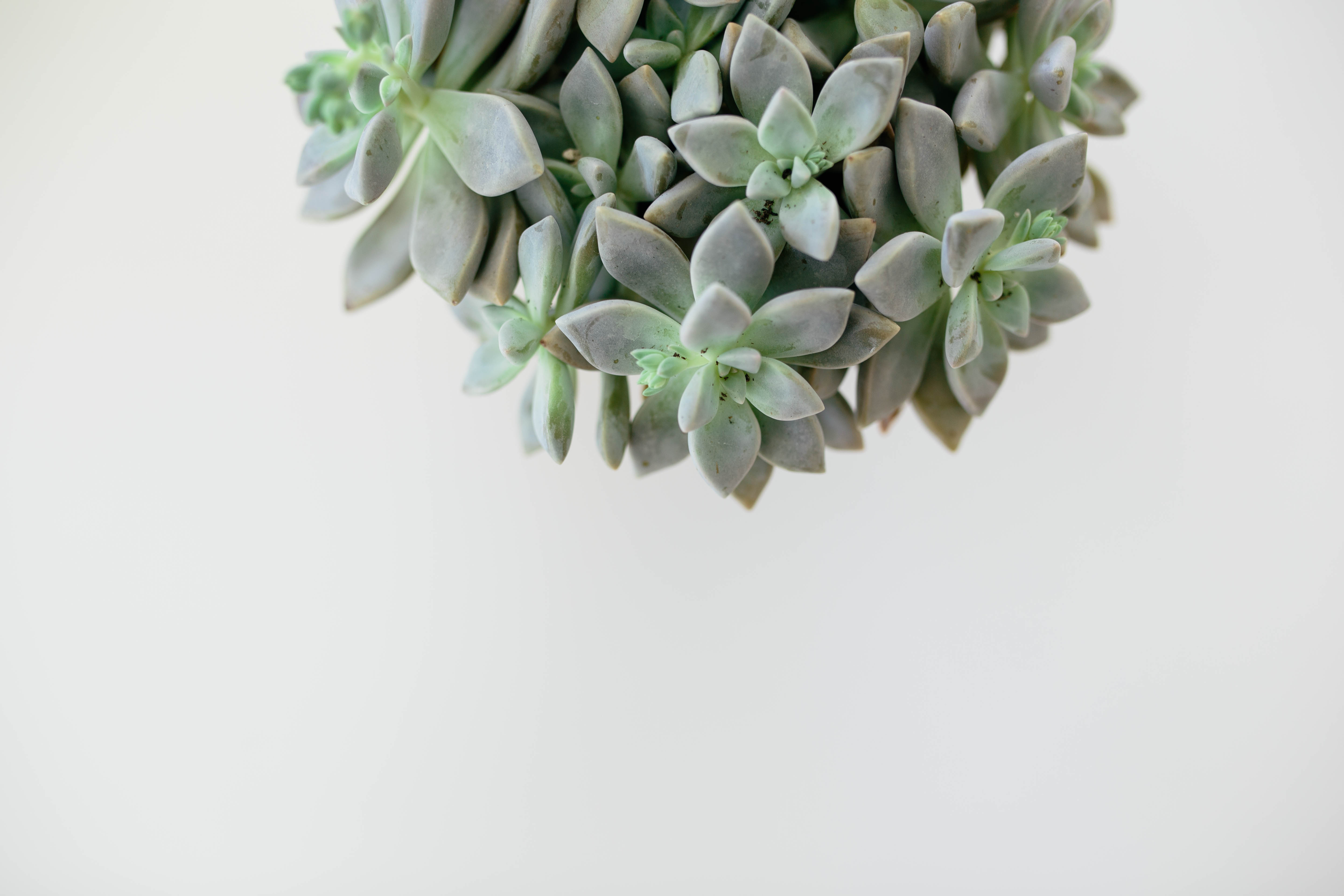
It could be that you exercise when you see your running shoes out by the door, which you put there before you go to bed. Maybe coming home from work is your cue to watch a fitness video or go attend a fitness class.
So, a cue is what is going to remind you to do the behavior. And typically the more physical the cue it is, the more ingrained the habit becomes.
PART 2 OF THE HABIT LOOP: THE ROUTINE
Secondly, that cue needs to be followed by a routine. The cue and the routine are always the same. Whenever that alarm clock goes off, you roll out of bed and you go to the gym, or you go for a run, etc. This is the concept of Pavlov’s dog we grew up learning about in high-school, only instead of hearing a bell and wanting a dog treat, we see our gym bag sitting in the seat of the car and drive over to the YMCA instead of going through the drive-though.
PART 3 OF THE HABIT LOOP: THE REWARD
In order to build a new habit, you need to experience an immediate reward every time you practice the routine.
There are a million benefits (or rewards, if you will) of exercise.
A lot of people, of course, start out with a program because of a weight-loss goal, which is totally great.
Weight-loss is important, but identifying that as the main goal is why so many people often don’t stick with their goals,
Because, as we just learned, in order to solidify the exercise habit, you need to experience a reward every single time you start to pair that cue and that routine together.
Well, it takes a little bit of time to lose weight.
You’re not going to do one workout and then suddenly look in the mirror and think, “Hmmm, that was worth it, because now I’m thinner.”
No. It takes repetition before you start to see those results.
So, if you’re not immediately identifying a reward with every single workout or every single healthy habit you’re making, you’re not setting yourself up to continue your behavior.
So, I encourage you then to celebrate some small wins to start to identify how working out makes you feel, and to identify and celebrate and revel in every single instance of that reward, okay?
It’s really important to notice how you feel, as opposed to how you look, or on a result or outcome you can achieve with every single repetition of the habit. That’s why entering money pools during weight-loss challenges, where you’re betting each other money to win or lose, ironically often produces effective results (albeit temporarily), because you’re tying an immediate reward to the behavior.
PART 3 OF THE HABIT LOOP: THE CRAVING
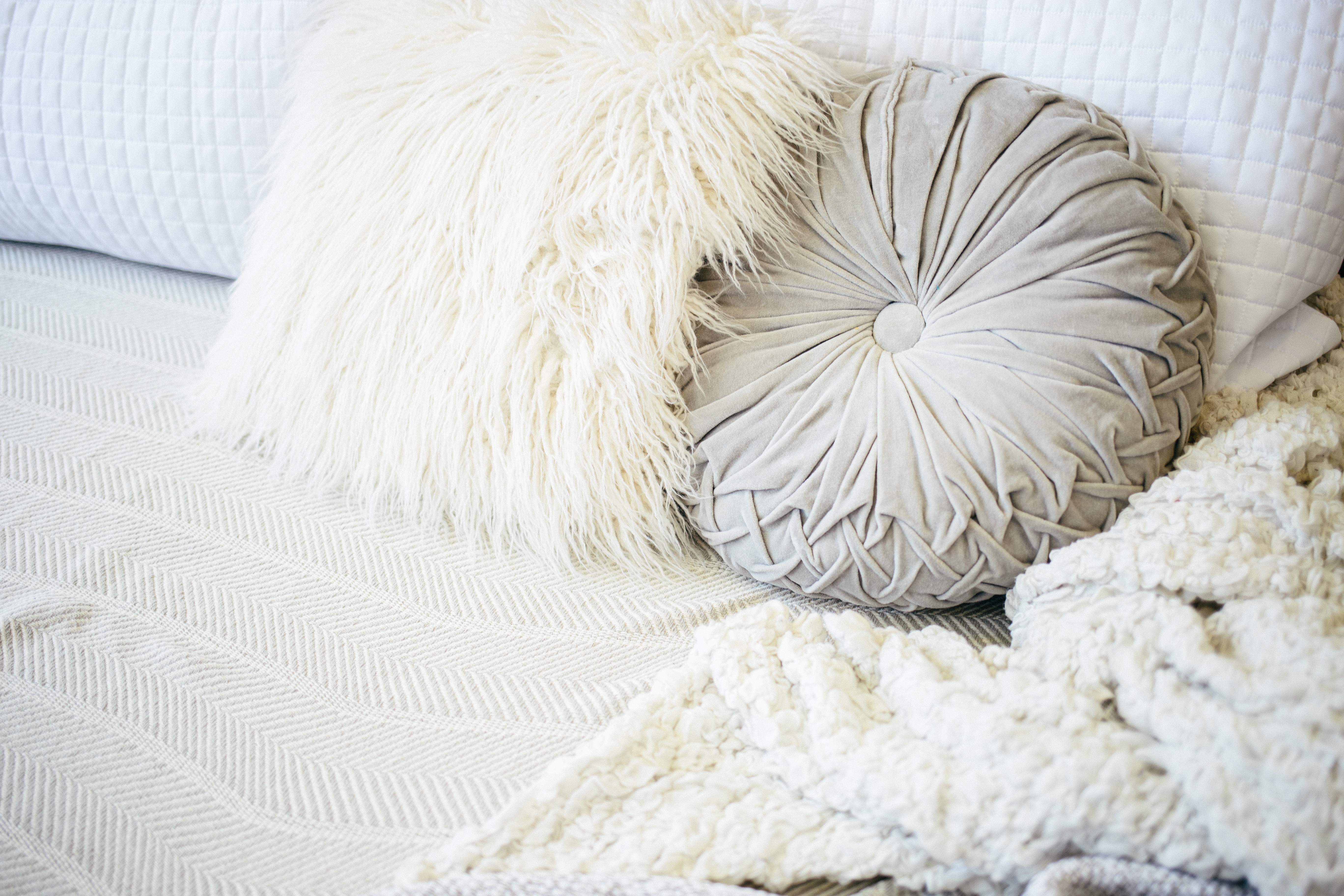
So, we’ve talked about the cue, the routine, and the reward.
Now, those three in and of themselves will eventually lead to the fourth and final link in the habit loop, which is the craving of the habit, but not right away.
Folklore has taught us that “it takes 21 days to create a habit.” But research is now showing us that it takes closer to 60 days of repeating a habit to take it from the conscious parts of our brains to an automatic behavior (or true habit). Until then, it’s just a behavior.
So now that you understand how the habit loop works and how to start a new healthy habit that sticks, it’s equally important to understand how an existing healthy habit can get sabotaged.
This very habit loop is often the reason that we STOP doing the workouts that we love or stop making other healthy choices that we were accustomed to whenever our circumstances change.
When our circumstances change, that means that the cue that was triggering the good behavior becomes subject to change, creating a missing link in that whole cycle of the habit loop.
Say you used to attend yoga class 3 nights a week with your best friend. Then she had a baby, and suddenly she couldn’t make those class times. And that threw you off. Or maybe you had the baby.
That’s why it’s so important for you to be able to have a fitness plan or health plan that is adaptable. A plan that flexes and changes when your life changes.
I teach all my clients to identify a workout plan that works for them now, but also how to revisit it every month or so.

Look at what outcomes you’re wanting for just specifically that month and what benefits of exercise are most important to you. Then, work backwards to look at your challenges and resources, so you can make sure your routine is realistic and conducive to your REAL life (not a fantasy life that you’ve never experienced in the past and aren’t likely to in the future).
When your circumstances change, you can change along with them.
You just need to be aware, and you need to plan around those circumstantial changes.
And don’t put so much pressure on yourself to hold yourself to the same set of behavior that a previous set of circumstances allows you to have that your current circumstances doesn’t allow for.
Do what you can, feel great about it, and you’ll automatically be setting yourself up to crave those healthy habits for life!
Want to start overriding those unhealthy habits with some good new ones? Start by downloading my free Yoga + Cardio Circuit Workout Video!


